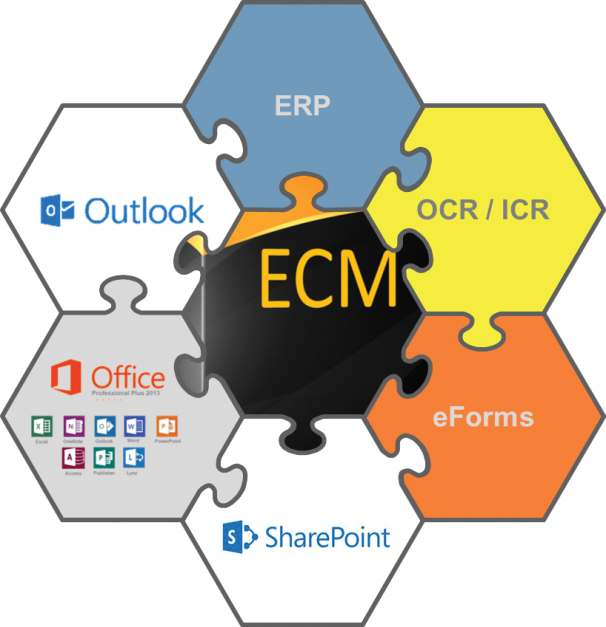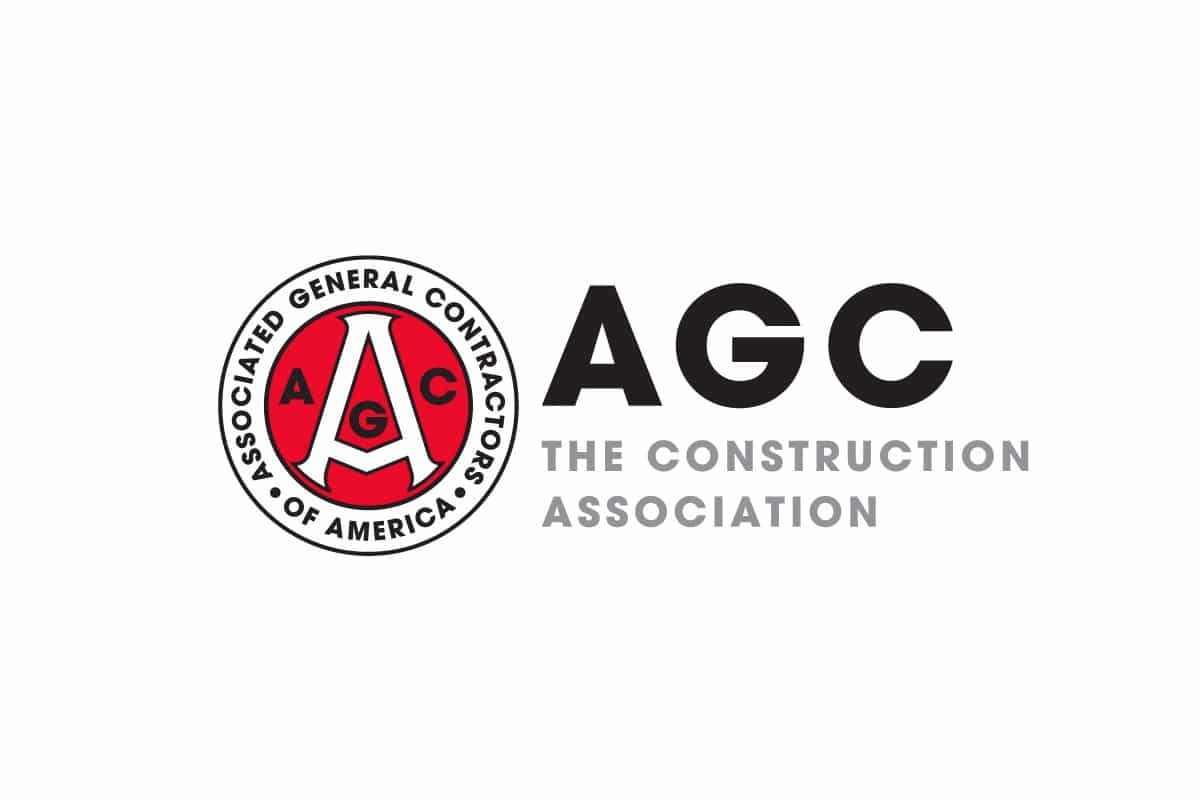Piecing Together the Content Puzzle
 Big Data. You hear it everywhere, from the news media to discussions with your IT team. The term “Big Data” is often referred to when large sets of data become complex and difficult to process and manage. The same premise also applies to managing massive quantities of documentation and content — thus Big Content is part of the lexicon now.
Big Data. You hear it everywhere, from the news media to discussions with your IT team. The term “Big Data” is often referred to when large sets of data become complex and difficult to process and manage. The same premise also applies to managing massive quantities of documentation and content — thus Big Content is part of the lexicon now.
Structured vs. Unstructured Content
To really understand Big Content, it’s important to differentiate between structured and unstructured content. Referring to an explanation of Big Content posted in an Oct. 17, 2012, Gartner blog, “Big Content is a term that helps highlight the subset of Big Data related to the less-structured side of it. Big Content isn’t new or different than Big Data; rather it helps focus on uses of Big Data for unstructured information for the kind of folks that think the Library of Congress is filled with ‘content,’ not ‘data.’” Unstructured content refers to the information that does not have a pre-defined or “structured” method of keeping it organized and easy to locate. In many cases, particularly in the construction space, information might have some structure, but without a true system for managing and enforcing the structure, content is generally left floating in a disorganized and useless way.
“Enforcing structure to unstructured content is at the core of what an Enterprise Content Management system is designed to do,” says Steve Hathaway, Sales Engineer Manager for Viewpoint Construction Software. “Most construction organizations have a semi-structured environment like network file shares. While this is a start, it will not serve as a sustainable solution as content continues to grow, and in the world of construction and project data, it will always grow resulting in a sea of Big Content.”
As construction organizations move away from a paper-centered style of business and begin to utilize digital avenues for content creation like mobile field devices, and with the exponential growth in e-mail exchange, construction organizations are going to find themselves at a crossroads where environments like network file shares and SharePoint will be increasingly challenging to maintain and use successfully for querying content.
Perhaps at the root of risk associated with unstructured content is the reality that it’s extremely difficult to effectively search and filter, which eventually results in lost information, duplication, forced maintenance of multiple content repositories and user frustration. According to a 2013 AIIM Market Intelligence report titled, “Big Data and Content Analytics: Measuring ROI,” respondents were asked how effective their ability to search across key content was. The results were not surprising. More than 40 percent answered, “We have disparate content stores and only basic search tools.” In the same report, respondents went even further with 65 percent considering themselves “somewhat disorganized” in their management of unstructured content and 81 percent declared they had very “limited search functionality.”
These statistics further validate the need for organizations to assess how and where critical project content is being stored and how to retrieve that content in an efficient manner. As we grow into more mobile and digital-centric companies, the need for a structured storage method grows right along with us. Critical content such as jobsite photos, safety forms, e-mails, contracts, HR content, etc., are important assets to all construction organizations and in many cases could be the first line of defense against liability or litigation. Quite simply, the search ability of this content deeply plays into the continuity of your business. Hathaway summarized the importance of gaining a grip on content: “Construction organizations have a legal obligation to keep content for certain periods of time per the state and federal requirements. Spoliation can also become a costly concern if organizations don’t have a way to track versions of content and secure access.”
The Importance of Enterprise Content Management
With a basic understanding of structured and unstructured content, it makes sense to look at effective ways to get a grip on all your essential documentation in order to achieve “structured content nirvana.” An Enterprise Content Management (ECM) software solution is a logical first place to look for achieving effective structured content management.
With 70 percent of the data needed to run your organization trapped on paper and paper equivalents such as Microsoft Word documents, PDFs and printable forms, it’s no surprise that the data’s simply not making its way into your critical business systems. Without a way of managing all these important disparate documents (the unstructured content), your business experiences an “information gap” creating lost revenue opportunities, poor customer service, high operating costs and increased compliance risk. You’re not just losing control of documents, invoices and project data, you’re putting your business at risk.
Today’s integrated ECM solutions are designed to “talk” with core business software systems. In other words, the documents and data needed for accounting, project management and HR are the documents managed and easily queried from the ECM software. An effective ECM solution generally provides key functionality in the areas of:
- OCR/ICR — Automatic capture of data
- Document Storage — Electronic storage of all documents
- Search Capability — Ability to search across entire document repository
- Photo Management — Capture, organize and store images
- E-mail Management — Capture critical e-mails and attachments
- Workflow — Automated workflow to move documents through an organization
Search Is Your Best Friend
Certainly one of the key advantages of Enterprise Content Management solutions is in the search functionality. This is truly the core of effective content management and the catalyst for achieving structured content. Without an effective way to locate a document quickly, critical time is lost, projects could be at risk or even worse situations if the document or e-mail is your proof in legal matters.
According to Darin Stewart, Research Director at Gartner Group, “Enterprise search is the engine of big content.” In an article of the same name from May 2013, Stewart elaborated further on this notion. He specifically details how the search function typically found in ECM solutions is the true driver in turning unstructured data into the desired structured data scenario. He explained, “The concept of search is simple and straight forward. Everything that goes into making search effective, especially as a foundation for Big Content analytics, can get very complicated. Modern search has the ability to go far beyond simple retrieval. The indexes created by content ingestion pipelines can combine diverse information in novel ways that uncover relationships, trends and patterns that would not otherwise be apparent. This is accomplished primarily by determining the relevance of each indexed item to the query or question at hand.”
The advantages of robust search capabilities are extensive. Often times, particularly in the fast-paced, always moving, always shifting construction arena, documents can be incomplete, mislabeled perhaps, exist in various lengths, etc. In other words, unstructured content likes to present itself in unpredictable ways. Stewart points out that a powerful search function can address this common problem. “A search engine is very comfortable with such jagged records and can incorporate them into its indexes without difficulty.”
Get Structured
When you think about it, maintaining structured content is really about improving your businesses’ information footprint and creating better access to that information. Enterprise Content Management eliminates confusion and reduces errors since you have the assurance that everyone’s viewing and working on the most recent version of a particular document — plus, the time savings holds a value of its own. Additionally, when you’ve standardized and improved your workflow in regards to documents, you’ve avoided forcing your teams to think about the next steps — the system handles that for you. New employees just have to learn about the form, not the process.
As stated earlier, enforcing structure to unstructured content is at the core of what an Enterprise Content Management system can do. In order to thrive, businesses require a sustainable solution as content continues to grow, otherwise the growth of the company can be difficult. Content management is not a luxury reserved for the biggest, most financially sound contractors these days. Instead, it’s a necessity required for any organization with plans for growth.
Rob Humphreys is Vice President of Product Management for Viewpoint Construction Software.




